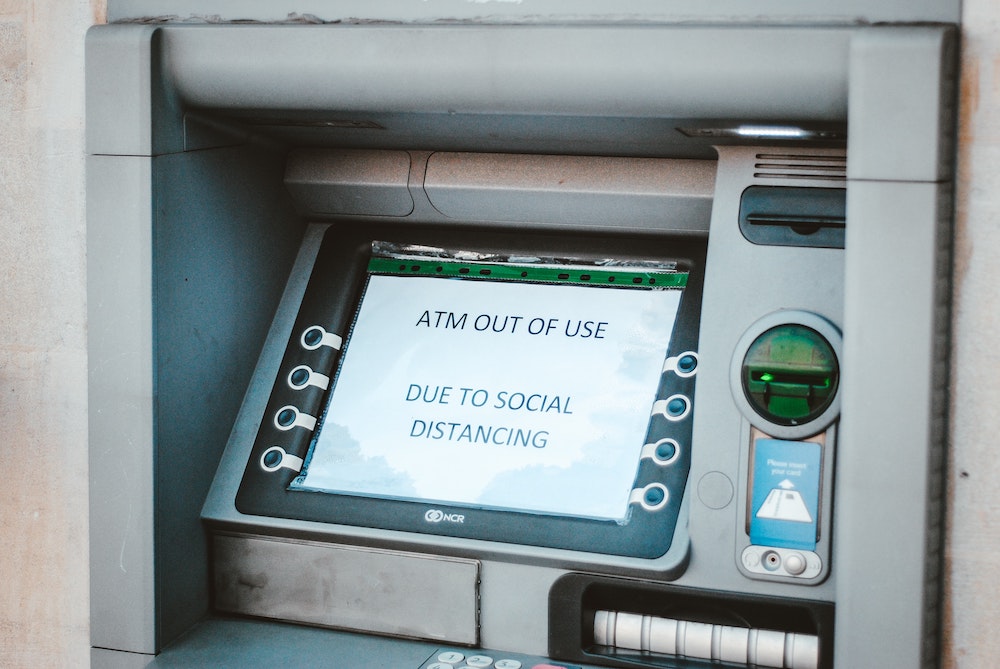For years, industry commentators have forecast a time when the high street would go cashless. Most agreed it would happen eventually, however, while consumers continue to carry their bank notes, cashless has been blocked from becoming a reality. In the USA, approximately 6.5% of households are ‘unbanked’ meaning cash is their only option, while some states like San Francisco and Philidelphia have passed legislation banning merchants from only accepting card and contactless payments. Naturally, few companies have been willing or able to adopt a cashless system.
Enter COVID-19 and the lockdown that necessitated customers use their NFC-enabled credit/debit cards and mobile wallets to pay for goods – no matter their personal preference. It’s only digital payments that have allowed people to continue accessing goods and services while social distancing. The proof is in the data. Visa saw an 18% rise in digital commerce spending in April 2020 as face-to-face transactions fell 45%. They also saw a 150% rise in tap-to-pay transactions in March 2020 relative to the previous year. In April 2020, Mastercard and Visa increased tap limit to $250 so fewer consumers needed to use touch payment machines.
This shift in behaviour has given some businesses the confidence to take their final step towards operating without cash. In the USA Chick-fil-A moved to a cashless model back in April, to avoid spreading the virus and help customers feel safe entering establishments to place or pick up orders. Over in the UK, Ambiente Tapas is a great example. Coming out of lockdown, it did what it had been hoping to do: it has ditched cash takings and invested in a digital ordering and payment solution that its guests would find clean and simple to use. The decision might have been a gamble at any other time, but this was the perfect moment to make it. In July the restaurant group took 95% of its orders through the platform, and at one of its sites in York, that figure was 100%.
Data gathered via the restaurant group’s cashless system clearly demonstrates that customer experience hasn’t been dampened by reduced waiter interaction (staff aren’t needed to take orders or payment). Indeed, in July the business took 8000 orders using its digital order and pay portal, and the experience was so good that 55% of guests returned for a second meal within the month.
Realising the benefits of being cashless
When a business commits to a cashless system, the benefits are far reaching. Beyond customer satisfaction, the staff experience is enhanced. At the end of a busy evening shift, employees frequently spend time counting takings and ensuring that digital and cash incomes balance. When something is amiss, hours can be lost pouring through documents to find and correct the error. Without physical money, the post-service period is streamlined. Fewer accounting issues are encountered, and staff can return home earlier – naturally, this proves a big morale boost at the end of a long Saturday night.
For any kind of business, not having to pay staff to count cash or record transactions saves time and money. It also reduces the risk of fraud or theft, either by members of staff or the public. In 2019, nearly 430,000 counterfeit banknotes were removed from circulation. These counterfeit notes had a face value of approximately 10 million British pounds. As technology improves, it’s becoming easier for fraudulent cash to enter circulation – and be used for payment. In the USA, it has previously been estimated that as much as 95% of all businesses have some level of theft present. And, about 75% of all businesses also face employee theft, a high level of risk because of the ease that employees can steal. With no money kept on site, security is vastly improved; the chance of robbery is reduced and there is no need for staff to make trips to the bank. Further, insurance costs are lowered because the business doesn’t have to get cover for the ‘theft of takings’.
It would be remiss not to mention the biggest benefit of this moment, that is a cashless system is more hygienic at a time when the food and drink industry continues to face pressure from the global COVID-19 pandemic. Being cashless means potentially contaminated monies do not have to change hands. While most transmission of coronavirus is through person-to-person contact and not from touching objects, one study showed the virus can stick to plastic surfaces (many bank notes have a plastic coating) up to four days. The risk might be low, but it’s an easy risk to remove by renouncing cash payments.
Of course, if a business is not going to take cash, it needs to be set up to take digital payments. You can read more about QikServe’s on-premise payment solution, QikPay, here. This simple technology solution lets customers pay from their table without cash, or staff interaction, making it one of the safest and most hygienic ways for customers to pay for their meals.
To talk to us about taking your business cashless, email hello@qikserve.com





